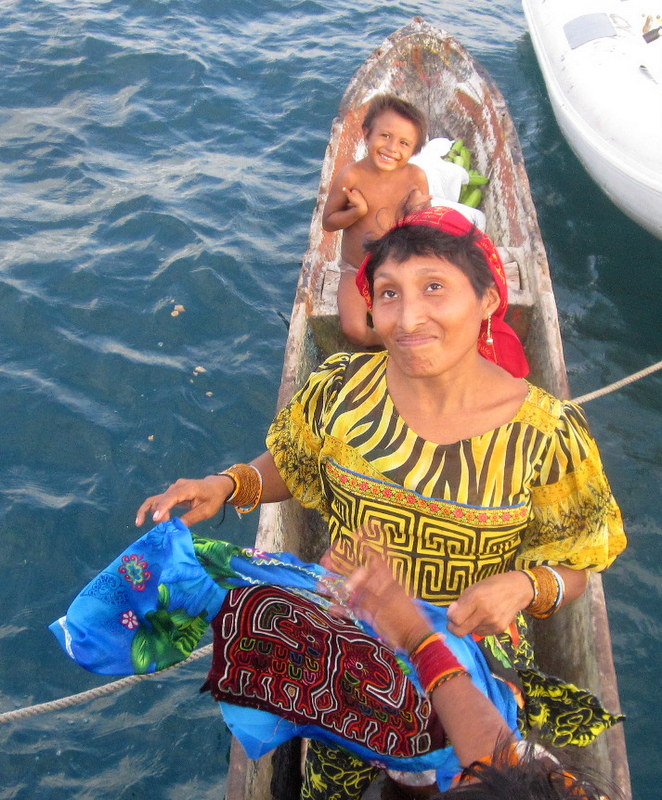I am not sure how to blog this, talk or share this so I am just going to say what is in my soul that needs to be expressed. Those of you who follow this blog and knew us will understand and I thank you. My heart is heavy and sad, grateful and full, broken and crying. It has been so long since I wrote on this blog site, and usually it was with a happy heart and a light spirit. When I glance through images of past years I am struck by how happy we were, how lucky we were, how grateful I am.

Don was my love, my friend, my teacher, and mentor. The man who held me up, taught me patience, and reminded me to bite my tongue when need be, although I didn't learn that one very well. Bought me a new car, taught me to sew, smiled when I shopped, and told me I was beautiful everyday. He made me a finish painter and an expert at varnishing, taught me to do drywall and measure correctly, enabled me to be a nurse, a mom, a partner.

He held my hand tightly when I swam in the ocean for the very first time. Took me diving, taught me to fish and how to navigate. He showed me how to prepare and cook fresh caught lobster even though he was allergic to all shellfish. He shared with me the joys of sailing, traveling, adventure and excitement.
MacGyver could build anything, install anything, and fix everything. If it couldn't be repaired he would find a machine shop in the middle of nowhere and have it rebuilt, refitted, adjusted or tweaked. Latin America was his favorite, where the art of fix it, remake it, or rebuild it still exists. He loved to prowl chandleries, ferreterias, boatyards, and haulouts. I often suspected he loved being in a boat yard as much as on the sea even though he hated to sand and bottom paint gave him hives. Don just liked to build stuff, repair broken stuff, and store old stuff in case it was needed for later. A builder never throws anything away.
The Starship was a labor of love for him from the beginning, forty years ago and counting. She was built strong and comfortable, slow but steady, safe and sound. Plywood and epoxy, duct tape and fiberglass, paint and more paint. Any who knew him and made the mistake of owning a monohull always received the multihull speech, "My beer never spills, the boat can't sink, you need more hulls!"
Don loved exploring new cultures tasting all foods, finding the shadiest beer stop. He could sit and people watch in any square for hours, loved to buy from the local food shack, and peruse every open air market. If it was spicy he would eat it, if it was made local he would buy it, and if it was still hot he would buy more. Walking five miles was a daily jaunt if it meant we could purchase fresh melons, bananas, coffee, and chilies.
A man who was tone deaf but loved to play guitar, he would dance with me if I asked even though he had absolutely no rhythm. He helped me haul water for my herb garden, bought me seeds to grow, brought me a rose plant in a five gallon bucket that took a taxi, a bus, a collectivo and a dingy to transport all the way back to the boat. He loved to sit with other boaters and talk "boat", parts and repairs, the best paint choices, the best anchorages, and who sold the cheapest beer. He was content to fix one thing a day, eat a good meal, read a good book, play with his wife.
I can't adequately express the loss of his hands, the knowledge in his head, the love in his heart. They say grieving takes time and will get better, but all I want to do is go back in time and feel everything all over again. I know he is somewhere with good friends, talking story and smiling, watching and winking at me with those warm blue eyes and asking...."What is your plan?"




.jpg)












































